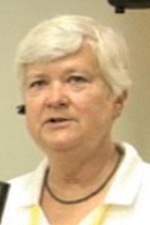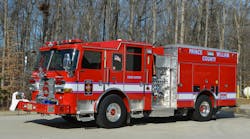It hasn't been business as usual since a Selkirk Fire, Rescue & EMS fire engine slid off an icy road and rolled over last year.
The two firefighters were responding to a wreck on Dec. 6 when the rig skidded on black ice. Despite his attempt, the driver couldn't regain control.
"While they will have lasting effects from this incident, I do expect a full recovery physically and emotionally," Selkirk Fire Chief Jeff Armstrong wrote in a letter included in a report on the crash released this week.
"After ensuring they were safe and cared for, I shifted focus to “what’s next”. Personally, and professionally, I have never had to deal with anything like this. This is a significant event for any Agency to deal with and I felt our next steps were critical. Immediately, I knew several things: 1) we needed to be transparent with the public, 2) we needed an objective third party to investigate the incident, including all related policies. Lastly, (3) we needed to “own” any deficiencies. The fact that that community provides the funds for our fire apparatus means they are essentially yours. We owe it to you to ensure we reduce the risk of something like this ever happening again. While fully insured, this is not something I, nor any firefighter in Selkirk takes lightly."
The chief added: "Since the separation from the City of Sandpoint, I can tell you that we have vastly improved in many areas, including culture, responsiveness, and transparency; however, there are many things still lacking. I have been working hard to develop a healthy culture, and accountability is part of that culture. Years of past practice, leadership turnover, lack of formal driver training, and poor records, will plague us until we have had the ability to overcome and build a stronger Agency."
Armstrong outlined the changes since the crash:
- Formal driver training – initial and ongoing.
- Record keeping, including more thorough and standardized apparatus checks. 3. A review of maintenance standards.
- Evaluation of apparatus design, including center of gravity, tank size, and 4x4 capability.
- Elimination of policy conflicts.
- Examination of the organization structure, including rank structure, supervision, and the practice of probationary firefighters driving large fire apparatus.





